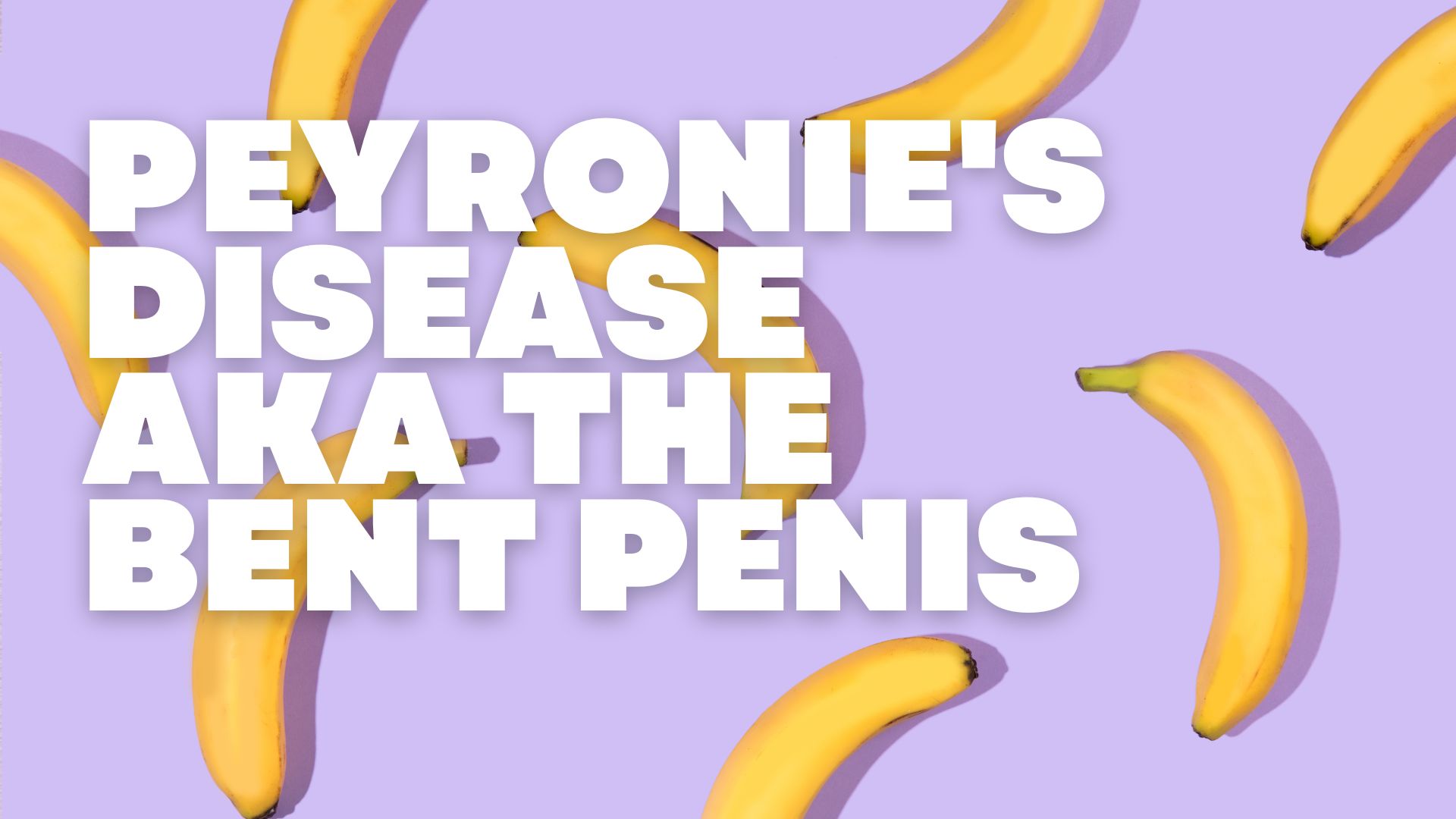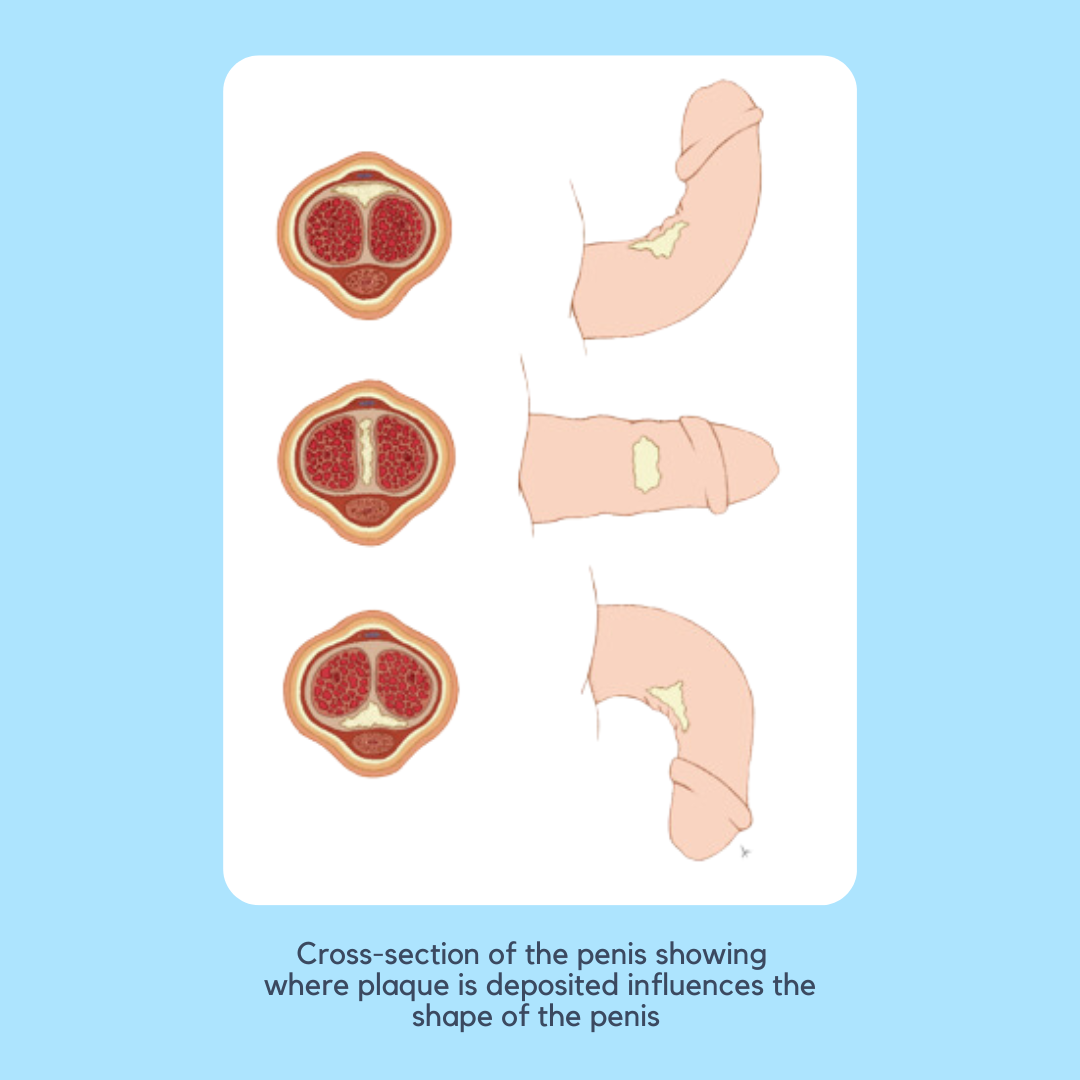Peyronie’s Disease
A Bend in the Road, But Not the End
Life has a way of throwing curveballs. Sometimes, they’re metaphorical. Other times, they’re quite literal. Peyronie’s disease is a condition that gives a whole new meaning to the phrase “bent out of shape.” But fear not, every twist has a solution waiting to straighten things out.
Let’s dive deep into the world of Peyronie’s disease, its treatments, and a particularly shocking remedy offered by Hisential.

What is Peyronie’s Disease?
Peyronie’s disease occurs when fibrous scar tissue, also known as plaques, develops beneath the penis’s surface, causing it to bend or curve. This curvature can lead to discomfort, pain, and in some instances, erectile dysfunction. The bend can range from a slight deviation to a pronounced arch, complicating or even preventing intercourse. Additional symptoms include a narrowing or “bottle-necking” of the shaft and the presence of lumps or firm tissue.
Statistics Corner: Peyronie’s disease is estimated to affect approximately 6% of men between the ages of 40 and 70. However, given the number of unreported cases, the actual percentage might be higher.


The Psychological Impact
The physical symptoms are just one side of the coin. Many men with Peyronie’s Disease experience a significant psychological toll, including reduced self-confidence, anxiety, and depression. The altered appearance of their manhood and potential difficulties in bedroom performance can lead to emotional distress and strained relationships.
Causes and Risk Factors
While the exact cause remains a mystery, several theories exist. Trauma or minor injury to the region can lead to internal bleeding and development of scar tissue. Genetic predispositions or specific autoimmune diseases are also considered potential triggers. Furthermore, vigorous or intense intimate contact, certain sports, or even surgeries for prostate cancer might increase the risk. Additionally, research indicates that diabetes could influence the fibrotic process, contributing to Peyronie’s Disease.
Diagnosis of PEYRONIE’S DISEASE
While initial assessments are based on reported symptoms, doctors can typically identify Peyronie’s disease through a physical examination. The firm plaques are often palpable, irrespective of the state(stiff or limp). To evaluate the curvature, doctors might induce an erection using medication. In some cases, an ultrasound helps determine the plaque’s location, size, potential calcium deposits, and assess blood flow.
Treatments and Medications
- Oral Medications: Most medical guidelines do not recommend oral medication due to unconvincing effectiveness. However, drugs like pentoxifylline and potassium para-aminobenzoate have shown potential. Supplements like vitamin E also prove some benefit. Consult your healthcare provider to know more.
- Injections: Injecting medication like Collagenase, Verapamil and Interferon Alpha 2b directly into plaques can be done in early stages or for those who prefer avoiding surgery. The skin is numbed before to minimise discomfort.
- Surgery: Reserved for severe cases, surgery is typically a last-resort option.
- Shockwave Therapy
Extracorporeal Shockwave Therapy (ESWT)
Before you jump to conclusions, no, this isn’t some Frankenstein-esque procedure. ESWT is a non-invasive treatment that uses high frequency sound waves to break down the scar tissue causing the curvature. Studies have found ESWT may be beneficial in managing pain and plaque size reduction. It is painless with little to no down time in recovery. The soundwaves also promotes tissue healing and increased blood flow to the region, helping you kick up your manhood. A promising long-term solution with few side effects.
The Road Ahead
Peyronie’s Disease might throw a curve in your plans, it’s by no means a dead-end. With ongoing research and advancements in treatment, there’s hope for those affected. If you or someone you know shows symptoms, seek medical advice. Early intervention can make all the difference.
Remember, every bend in the road leads to a new destination.
References:
- Di Mauro, Marina et al. “Extracorporeal Shock Wave Therapy in Peyronie’s Disease: Clinical Efficacy and Safety from a Single-Arm Observational Study.” The world journal of men’s health 37,3 (2019): 339-346. doi:10.5534/wjmh.180100
If you have concerns about your erections, sensitivity, or any other aspect of your sexual health, don’t hesitate to reach out. Early understanding and intervention can pave the way for optimal sexual well-being.
Schedule a consultation at Hisential Men’s Health Clinic today.
Your health is our priority. Trust Hisential to be your guide on the journey to understanding and embracing your body.











